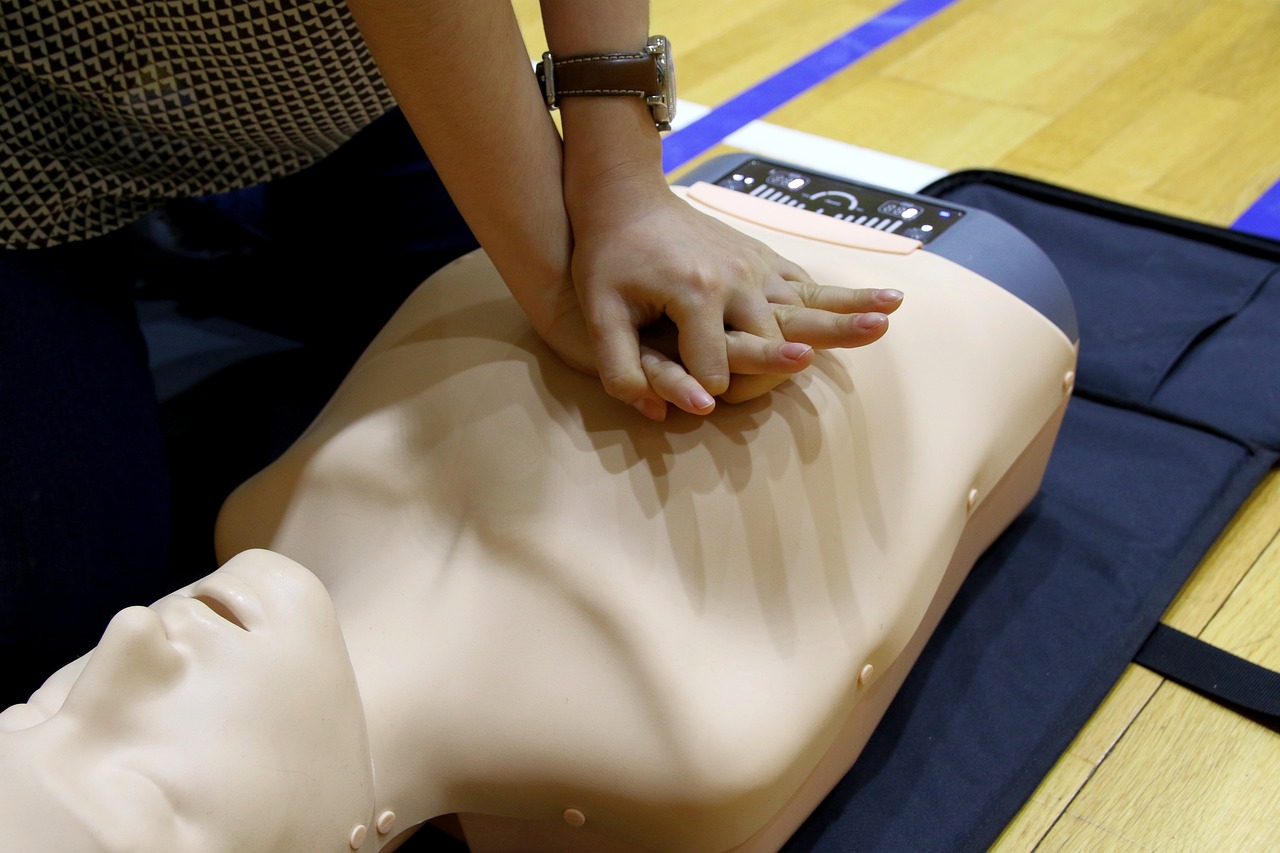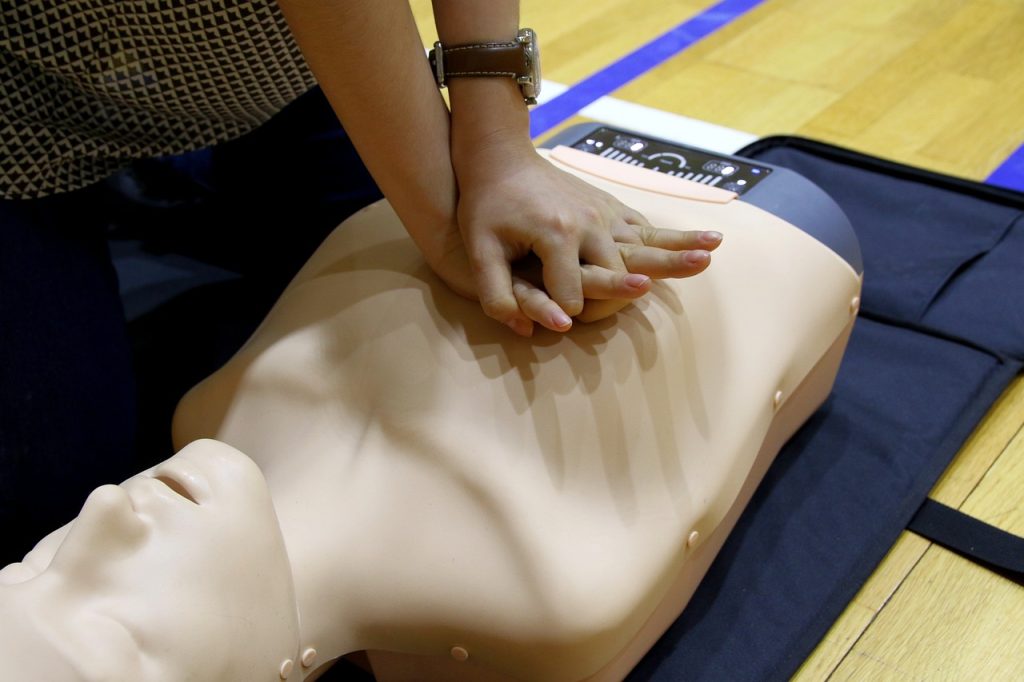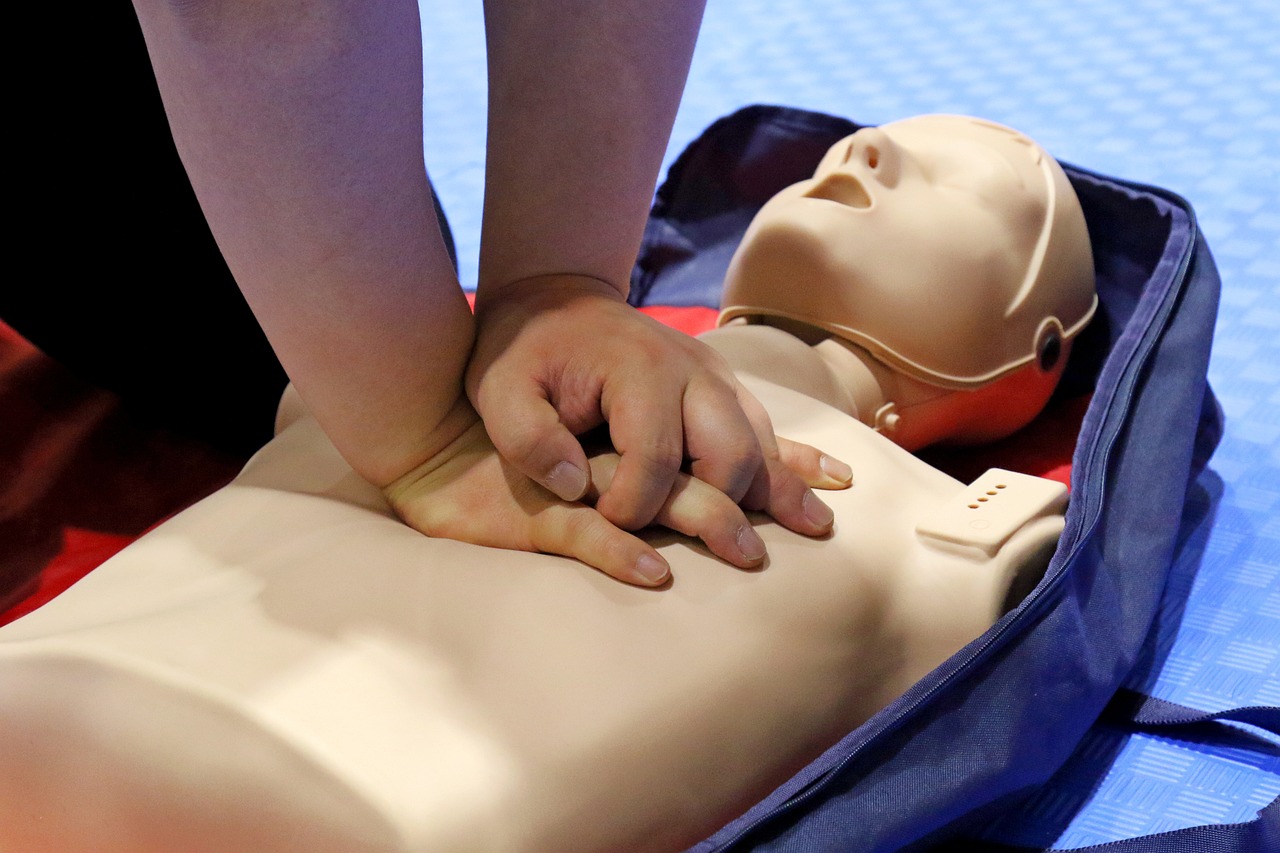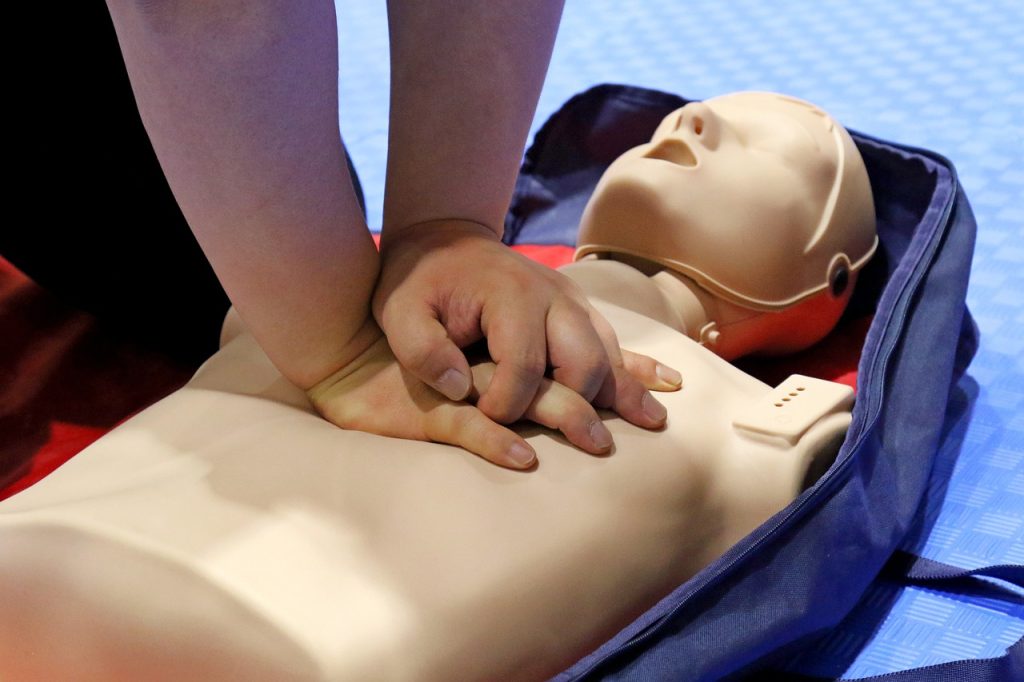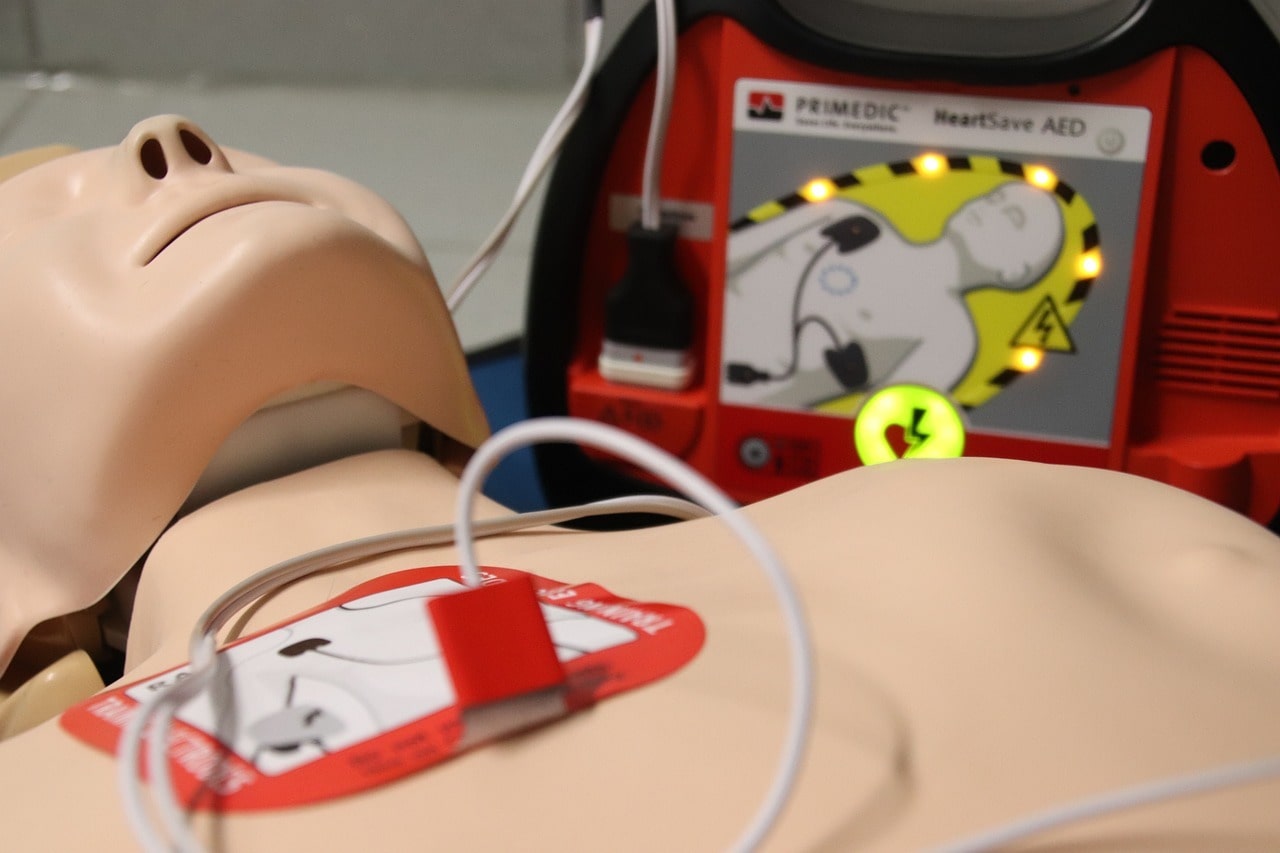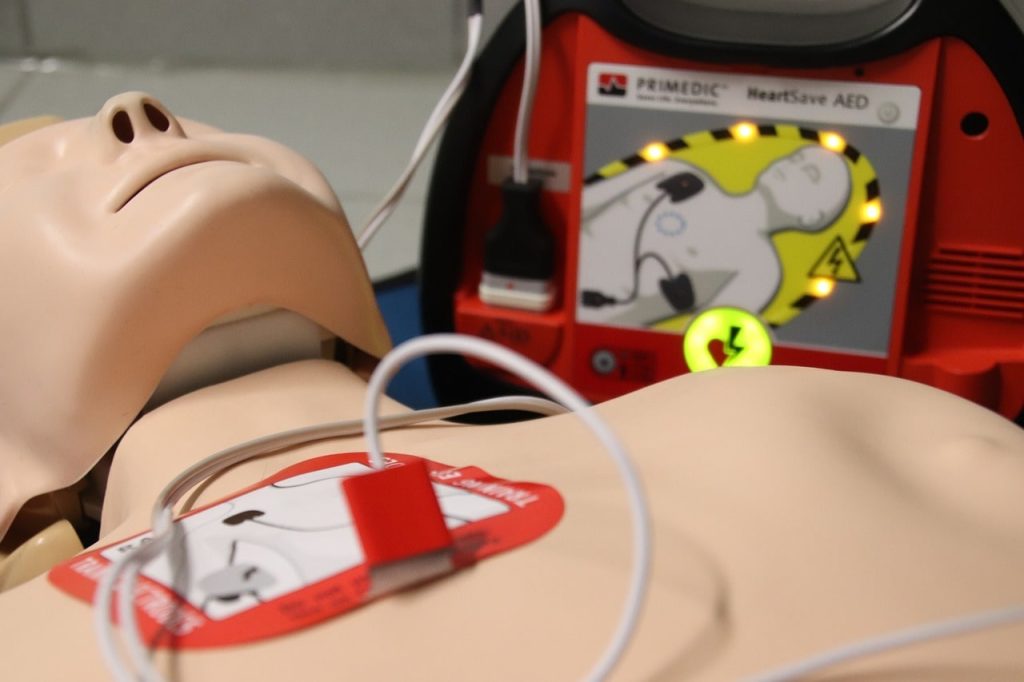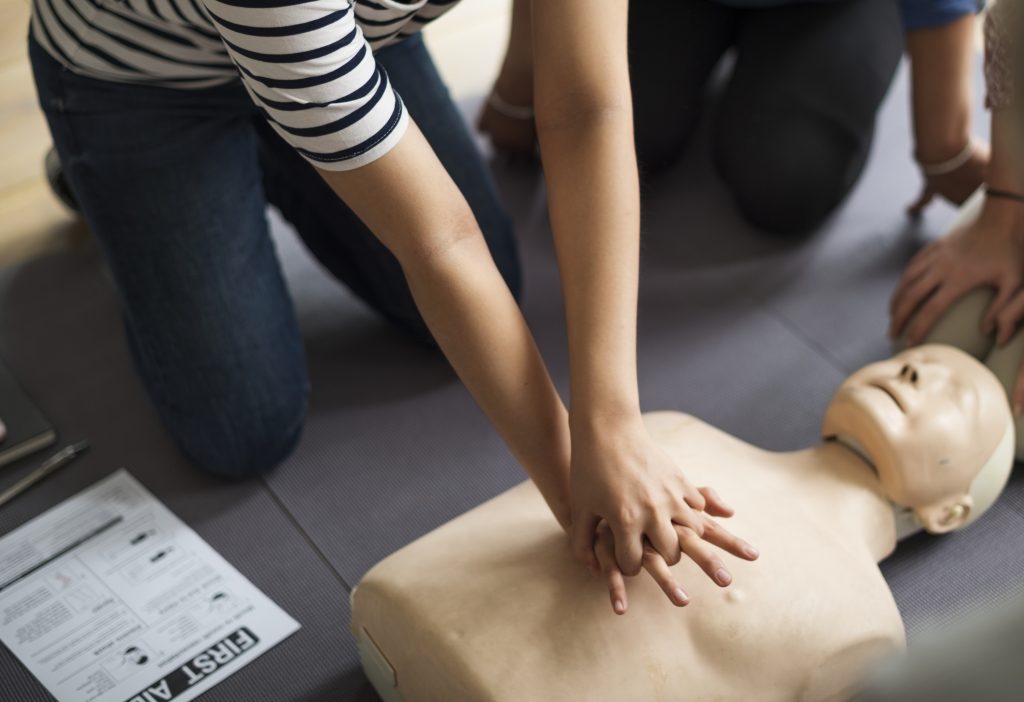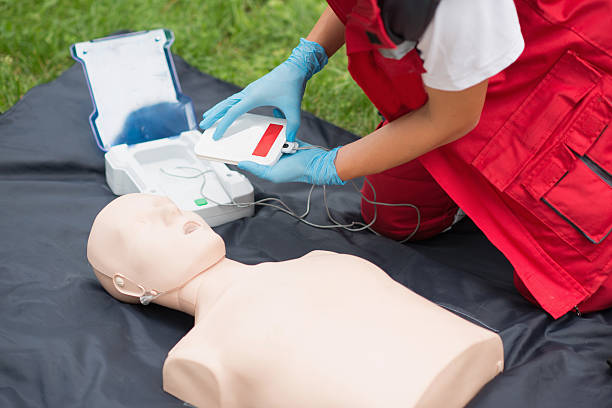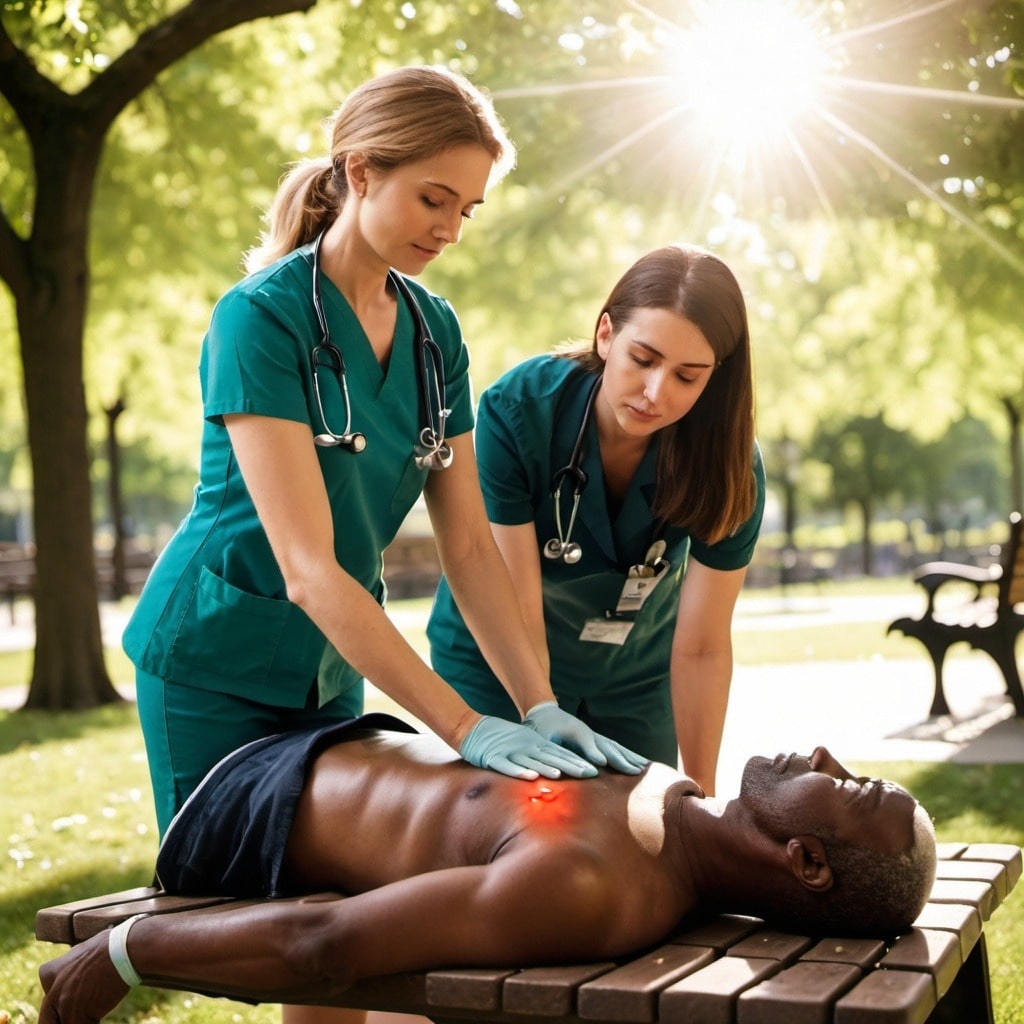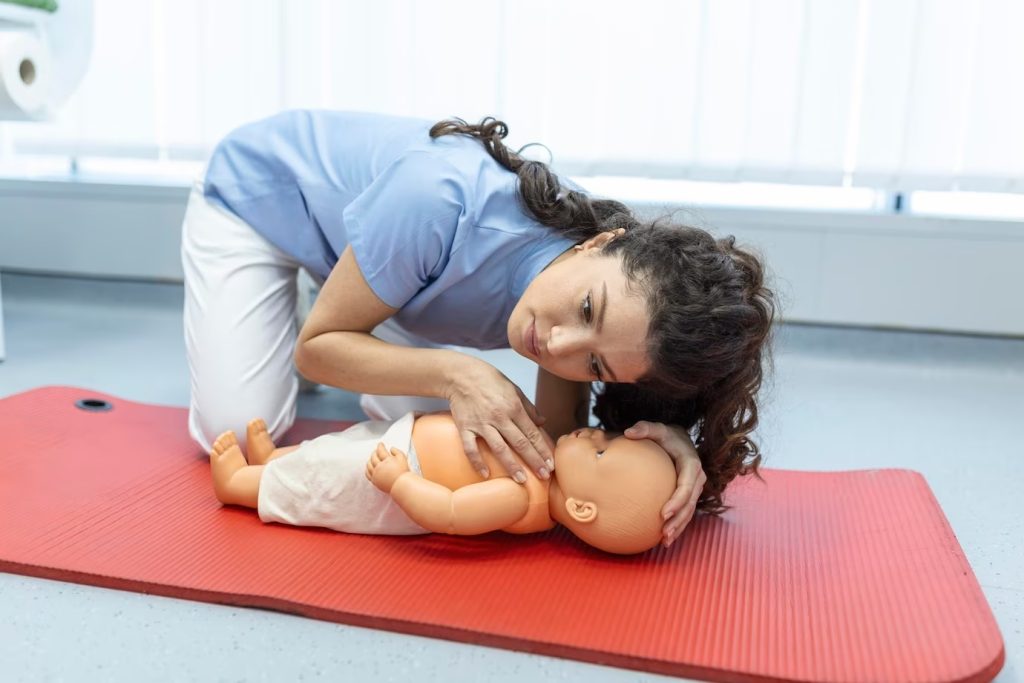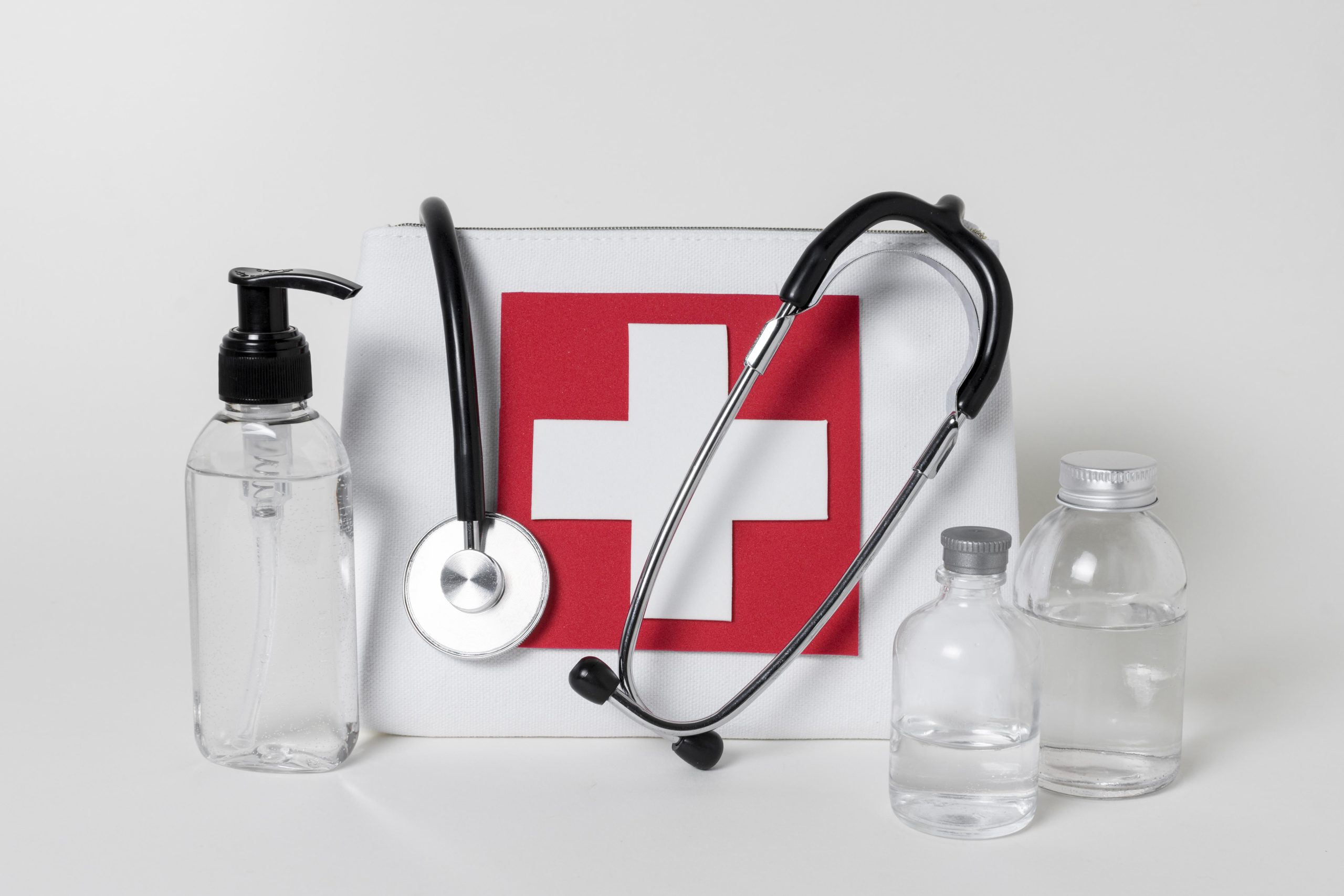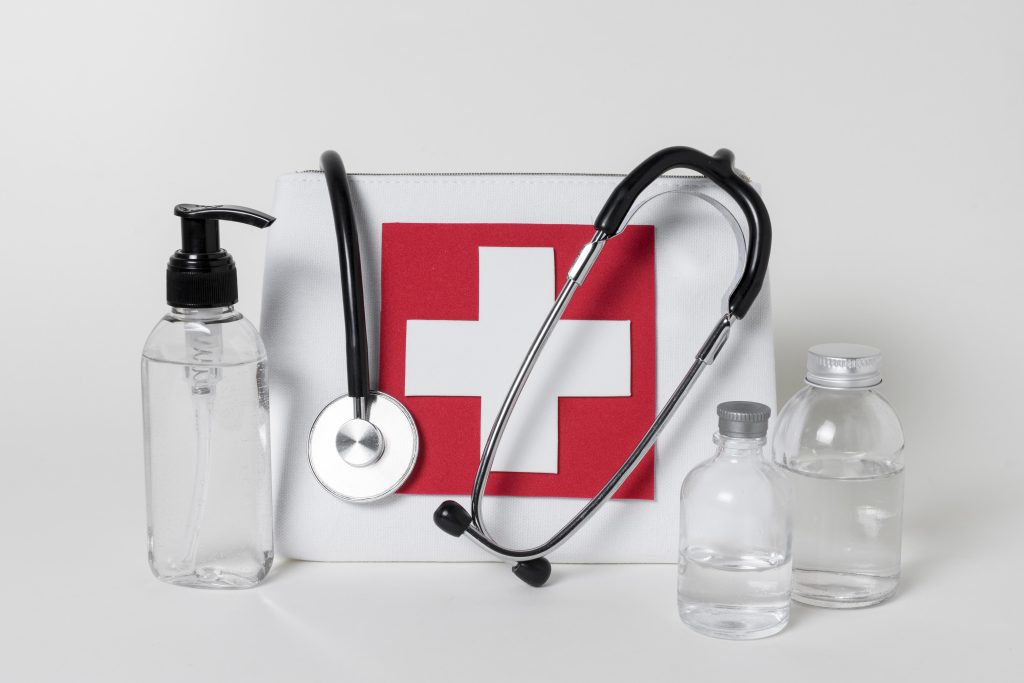Does CPR Certification Expire? Stay Up-to-Date and Save Lives!
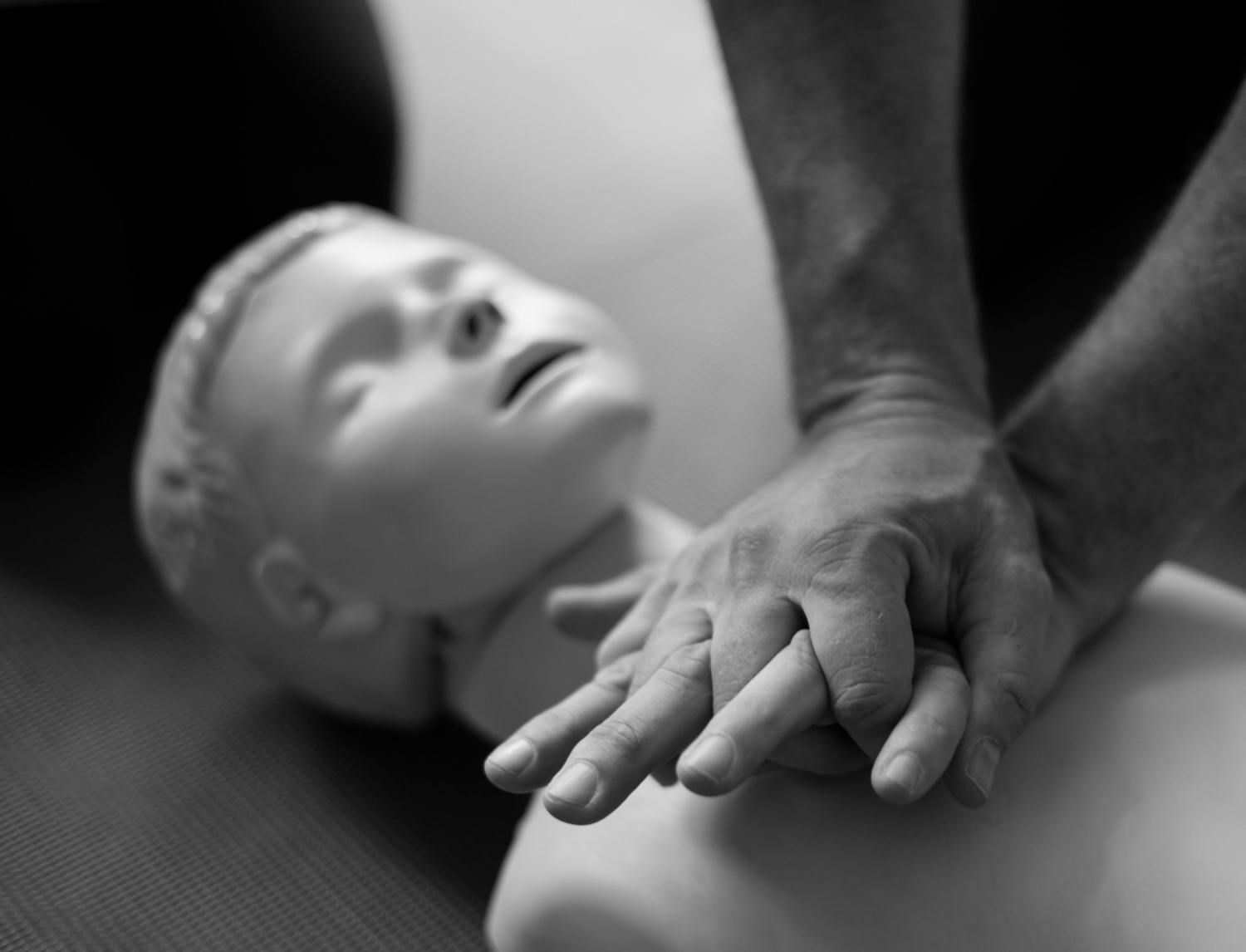
Does CPR Certification Expire? Stay Up-to-Date and Save Lives!
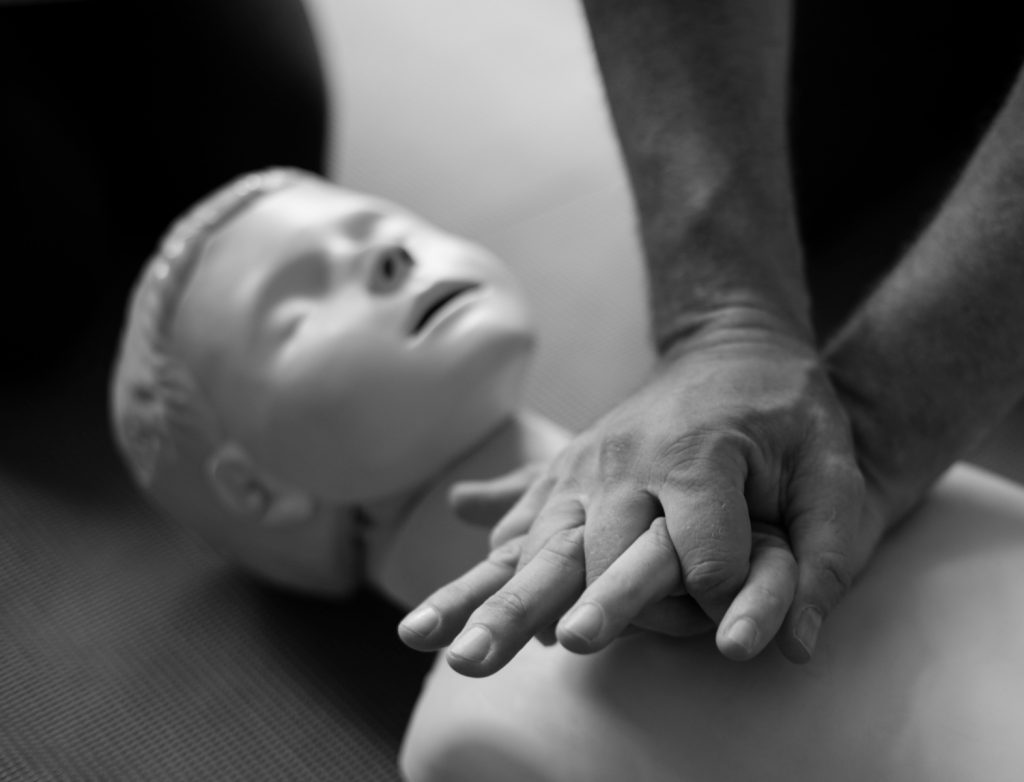
In an emergency situation where someone’s heart stops beating, knowing how to perform CPR (Cardiopulmonary Resuscitation) can be the difference between life and death. However, simply taking a CPR course isn’t enough. To ensure your skills and knowledge are current and effective, understanding the concept of CPR certification expiry is crucial. This article delves into everything you need to know about CPR certification, including its validity period, the importance of renewal, and best practices for maintaining your life-saving skills.
Understanding CPR Certification
CPR certification signifies that an individual has undergone comprehensive training and successfully demonstrated proficiency in performing CPR techniques. This training typically involves classroom instruction and hands-on practice covering adult, child, and infant CPR, as well as the use of Automated External Defibrillators (AEDs).
CPR certification is not a mandatory requirement for everyone. However, it is highly recommended for individuals in various professions, such as healthcare workers, educators, lifeguards, and anyone who wants to be prepared to respond effectively in an emergency. Additionally, some workplaces, organizations, and volunteer positions might require their personnel to possess a valid CPR certification.
Does CPR Certification Expire?
Yes, CPR certification does expire. The specific timeframe for expiry can vary slightly depending on several factors:
- Training Organization: Different training organizations offering CPR certification might have slightly varying validity periods for their certifications. It’s crucial to check the specific details provided by your chosen training organization about the expiration timeframe for the certification you obtain.
- Type of CPR Certification: There are different types of CPR certifications available, catering to various needs and skill levels. Some examples include Basic Life Support (BLS) CPR, Advanced Cardiac Life Support (ACLS) CPR, and Pediatric CPR. The validity period for these certifications might differ slightly.
- Local Regulations: In specific regions or workplaces, local regulations or guidelines might dictate specific validity periods for CPR certifications. It’s essential to be aware of any such regulations applicable in your area or workplace.
While the exact timeframe might vary slightly, the most common validity period for CPR certification is two years. This two-year window is established based on the understanding that CPR skills naturally decline over time if not regularly practiced and reviewed. Re-certification courses play a crucial role in ensuring individuals retain the necessary knowledge and muscle memory to perform CPR flawlessly under pressure.
Reasons Behind the Two-Year Validity Period
Several key reasons support the two-year validity period for CPR certification:
- Skill Degradation: Numerous studies have demonstrated that CPR skills naturally decline over time if not regularly practiced and reviewed. The two-year timeframe serves as a benchmark to encourage individuals to refresh their skills and knowledge before they significantly deteriorate, ensuring they can perform CPR effectively in an emergency situation.
- Evolving Guidelines: CPR guidelines and recommendations are periodically updated based on ongoing research and advancements in medical science. Re-certification courses ensure individuals are familiar with the latest protocols and best practices for CPR performance, equipping them with the most up-to-date knowledge to deliver optimal care.
- Confidence and Competence: Re-certification provides an opportunity to reassess and refine CPR skills in a controlled environment. This allows individuals to build greater confidence and competence in their abilities, fostering the necessary composure and effectiveness required to perform CPR effectively in a real-life emergency.
By understanding the reasons behind the two-year validity period and actively engaging in renewal processes, individuals can ensure their CPR skills remain current and effective, potentially making a life-saving difference in a critical moment.
Why Does CPR Certification Expire?
There are several compelling reasons why CPR certification has an expiration date, each playing a crucial role in ensuring the continued effectiveness of CPR skills and preparedness in emergency situations.
1. Skill Degradation:
- The Natural Decline of Skills: Studies have consistently shown that CPR skills naturally decline over time if not regularly practiced and reviewed. This decline can be attributed to several factors, including:
- Memory fade: Over time, the specific steps and procedures involved in CPR can fade from memory, potentially leading to hesitation or confusion during an emergency.
- Muscle memory loss: The physical motions required for effective CPR involve specific muscle memory, which can weaken if not regularly practiced. This can lead to decreased efficiency and effectiveness in performing CPR techniques.
- Lack of confidence: As skills decline and doubts arise due to a lack of practice, individuals might experience reduced confidence in their ability to perform CPR effectively, potentially hindering their response in a critical moment.
- Addressing the Decline through Re-certification: Re-certification courses are designed to address this natural skill degradation by:
- Refreshing knowledge: Reviewing the theoretical aspects of CPR ensures individuals have a clear understanding of the rationale behind each step and the physiological principles involved.
- Rebuilding muscle memory: Hands-on practice sessions during re-certification courses allow individuals to re-train their muscle memory and refine their CPR techniques, ensuring smooth and efficient execution when needed.
- Boosting confidence: Successfully completing a re-certification course and demonstrating proficiency can significantly boost an individual’s confidence in their CPR skills, empowering them to act decisively in an emergency.
2. Evolving Guidelines:
- Continuous Medical Advancements: The field of medicine is constantly evolving, with ongoing research leading to advancements in CPR techniques and best practices. These advancements are reflected in periodic updates to CPR guidelines by leading organizations like the American Heart Association (AHA) and the American Red Cross.
- Ensuring Up-to-Date Knowledge: Re-certification courses incorporate the latest CPR guidelines and recommendations into their curriculum. This ensures individuals are familiar with the most current and effective methods for performing CPR, potentially improving the chances of a successful outcome in an emergency.
- Staying Ahead of the Curve: By staying updated on the latest CPR guidelines through re-certification, individuals demonstrate their commitment to providing the best possible care in emergency situations. This can be particularly important for healthcare professionals and individuals working in safety-sensitive environments.
3. Confidence and Competence:
- Regular Assessment and Refinement: Re-certification courses provide a valuable opportunity for individuals to reassess and refine their CPR skills in a controlled environment. This allows them to identify areas for improvement and receive constructive feedback from instructors, leading to:
- Enhanced proficiency: By addressing any skill gaps or areas of weakness, individuals can further refine their CPR techniques, ensuring they are well-equipped to handle the demands of a real-life emergency.
- Increased confidence: Successfully demonstrating proficiency during re-certification can significantly boost an individual’s confidence in their ability to perform CPR effectively. This increased confidence can translate into decisive and effective action in a time-critical situation.
- Maintaining Mental Preparedness: Regularly engaging in re-certification demonstrates a commitment to staying mentally prepared to respond effectively in an emergency. This mental preparedness, coupled with honed skills and confidence, allows individuals to approach emergency situations with greater composure and clarity, potentially making a life-saving difference.
What Happens When Your CPR Certification Expires?
Having an expired CPR certification doesn’t necessarily prevent you from legally performing CPR in an emergency. However, it does come with some important considerations:
- Employment Implications: If your job requires a valid CPR certification, failing to maintain it could lead to disciplinary action or even termination of employment.
- Professional Liability: While Good Samaritan laws generally protect individuals acting in good faith during emergencies, an expired certification might be used to question your competency in court, potentially leading to legal complications.
- Reduced Confidence and Proficiency: With outdated skills and knowledge, you might hesitate or lack the necessary confidence to perform CPR effectively in a critical moment, potentially jeopardizing the outcome.
Renewing Your CPR Certification: Staying Prepared to Save Lives
The importance of renewing your CPR certification cannot be overstated. Here’s what you need to know about the renewal process:
- Renewal Eligibility: Most training organizations offer renewal courses specifically designed for individuals with an existing, expired certification.
- Renewal Process: Typically, renewal courses involve a shorter duration compared to the initial certification course. They may involve a combination of online modules, skills practice sessions, and written or practical assessments.
- Finding a Renewal Course: Look for reputable training organizations authorized to provide CPR certification in your area. Many organizations offer convenient online renewal options alongside traditional in-person courses.
Maintaining Your CPR Skills Between Renewals
While re-certification is essential every two years, it’s crucial not to wait until the last minute to refresh your CPR knowledge and practice your skills. Here are some effective ways to maintain your CPR proficiency in between renewals:
- Regular Practice: Regularly practice CPR techniques on CPR manikins with colleagues, family, or friends. Repetition helps solidify muscle memory and builds confidence.
- Online Resources: Many training organizations and emergency response agencies offer online CPR resources, including instructional videos and practice scenarios.
- Attend Refresher Courses: Consider taking shorter refresher courses offered by training organizations to receive targeted skill updates and practical reminders.
- Stay Informed: Subscribe to newsletters or follow reputable organizations on social media to stay updated on the latest CPR guidelines and recommendations.
If you’re located in Houston, TX, and considering obtaining or renewing your CPR certification, numerous reputable training organizations are available to assist you.
Here’s how to get started:
- Research training providers: Utilize online resources or inquire with local healthcare facilities, community centers, and emergency response agencies to identify CPR training providers in the Houston area.
- Choose the right course: Different CPR courses cater to various needs and skill levels. Consider factors like course duration, format (in-person or blended learning), and the type of certification offered (BLS, Heartsaver, etc.) to find the best fit for you.
- Enroll and get certified: Sign up for the chosen CPR course and commit to actively participating in the learning and practice sessions. Upon successful completion, you’ll receive your CPR certification, allowing you to confidently respond to emergencies
Conclusion
CPR certification plays a vital role in equipping individuals with the skills and knowledge to potentially save lives in an emergency. Understanding that CPR certification expires and being proactive about renewal ensures your skills remain current and effective. By actively maintaining your CPR proficiency through regular practice, attending renewal courses, and staying updated on evolving guidelines, you empower yourself to be a valuable asset in the face of an emergency, potentially making a life-saving difference.
About Author:
admin
Recent Posts
- CPR Certification for Travelers: Be Prepared to Save a Life on the Go
- Mastering BLS for Different Age Groups: Adults, Infants, and Children
- What Is the CPR Survival Rate for Individuals and How Can You Improve It?
- First Aid Phoenix Preparedness: Safely Exploring Outdoor Adventures in Phoenix, AZ
- Basic Life Support (BLS): What You Need to Know


